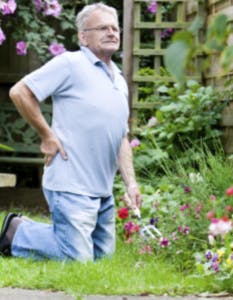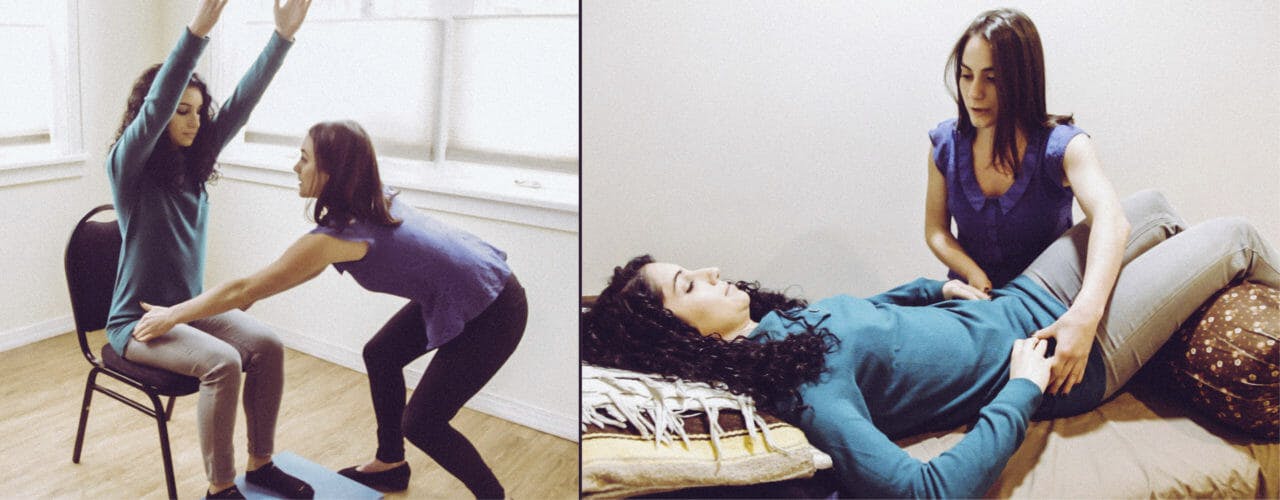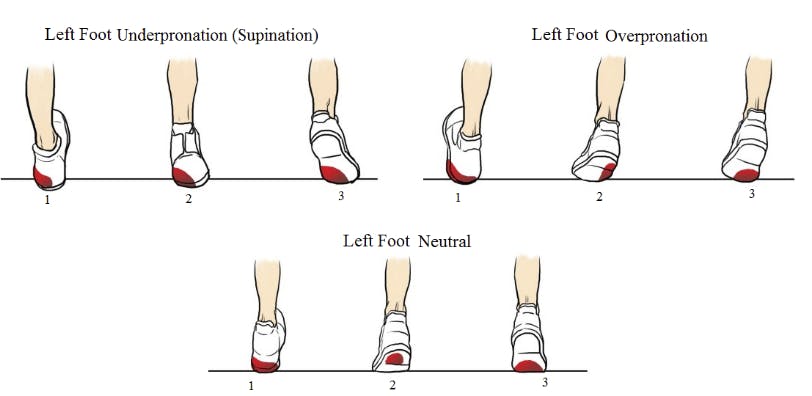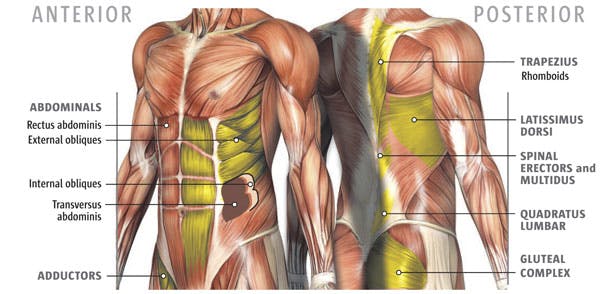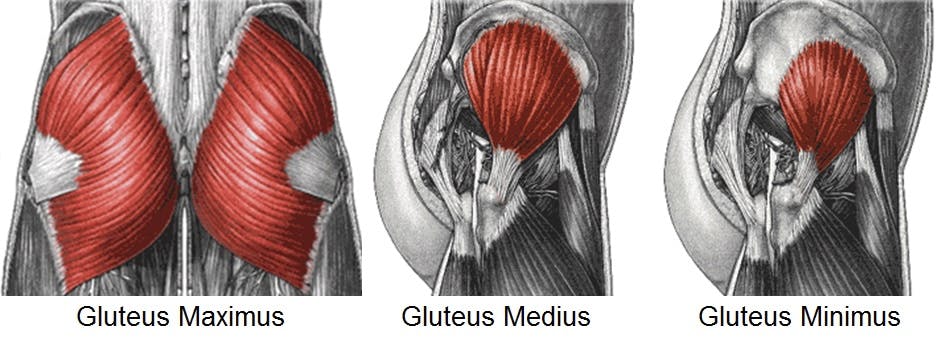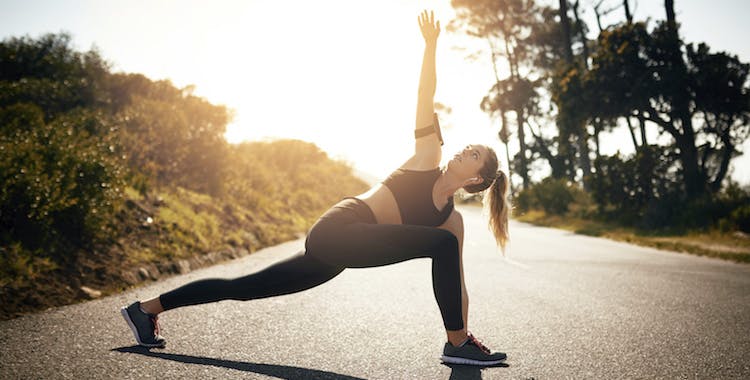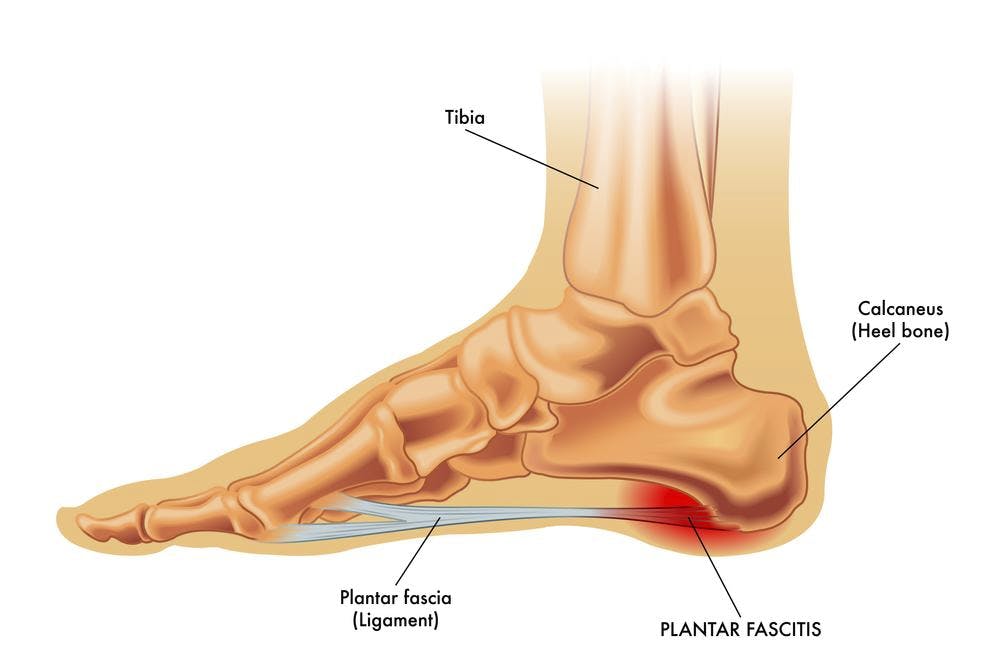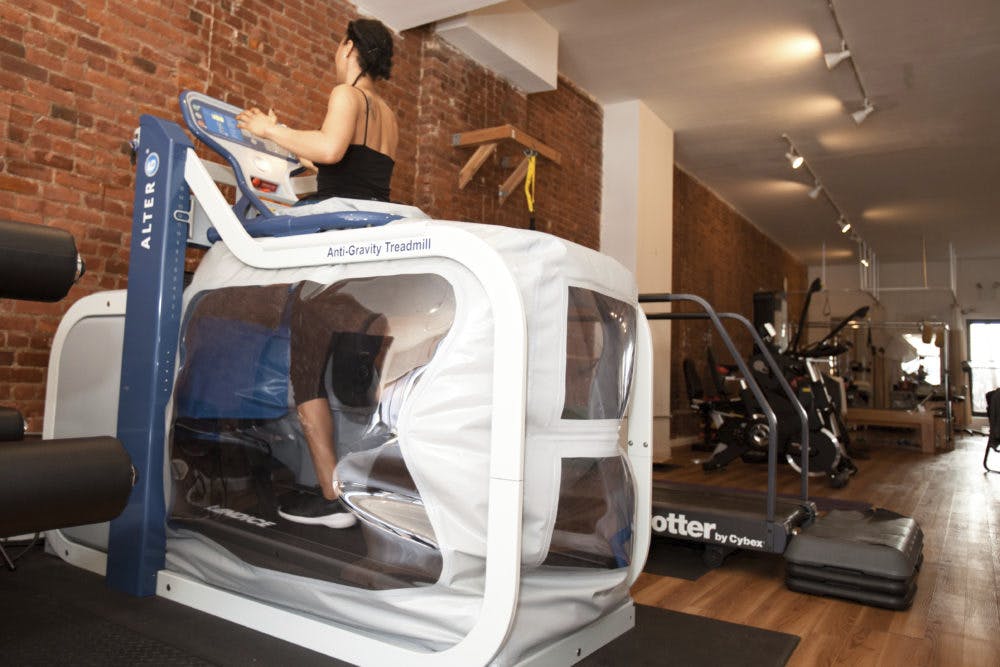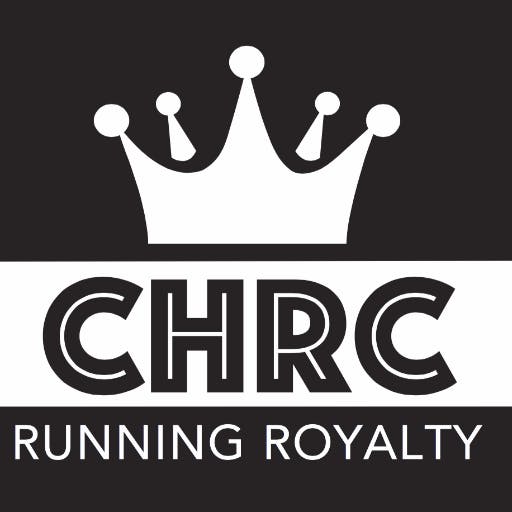It’s spring time!
This means time outdoors and spring-cleaning. Needless to say, it’s also a time of potential low back pain as many people who have been less active over the winter suddenly thrust themselves into fun activities and chores.
Low back pain is common.
Low back pain is one of the main reasons people visit their doctor. According to a study by University of North Carolina School of Medicine, more than 80 percent of Americans will experience an episode of low back pain at some time in their lives. This time of year is a popular one for back pain. One popular cause for low back pain is gardening.
Gardening can cause back pain.
If you like gardening, this is an exciting time of year. Here are some quick tips on lowering your chances of injury while gardening from The American Council on Exercise:
- Use correct posture and form.
- Warm up before you garden with a 10-minute walk.
- Make sure all of your movements are smooth and steady.
- Keep your abdominal muscles taut.
- Lift with your legs (never your back).
- Don’t twist your back while digging.
- Breathe regularly. Exhale when you lift, and inhale as you lower a heavy load.
Even with preventative measures, back pain is a frequent injury.
Park Sports Therapy treatments focus on relieving pain, improving back movement, and fostering healthy posture. Our therapists will design a rehabilitation program to address your particular condition and work with you to help prevent future problems.
Time required for treatment varies.
The time required for rehabilitation varies among patients. If you visited a doctor prior to contacting our team, we will review your physician tests and reports as well as do our own assessments before we develop your specific plan. It is possible that after our assessment, if you have not yet visited your doctor, we will suggest you make an appointment for testing before physical therapy treatment. Our treatments are designed to ease pain and to improve your immediate mobility, strength, posture, and function. We will also teach you how to control your symptoms and how to protect your spine for the years ahead.
Get back to normal and better.
Back pain is uncomfortable. One of the most important steps is to improve your comfort so you can get back to normal activities with improved fitness and awareness. We’ll show you ways to position your spine for maximum comfort while you move, recline, and sleep. Normal activity helps your recovery.
To help calm pain and potential muscle spasm, your treatment plan may include hands-on, manual therapy techniques. To avoid deconditioning of your back, we encourage active rehabilitation. With this active approach, you’ll be shown how to lift and move safely. In addition, aerobic exercises are used to improve your general fitness and endurance including walking on a treadmill, riding a stationary bike, swimming, yoga, and pilates. These activities can relieve the stress of low back pain and they can cause your body to release endorphins into the blood stream – your body’s own natural painkillers.
You’ll take an active role in learning how to care for your back pain. We also always develop an at-home plan for your long term health.
Post surgery treatment.
If surgery is performed by your physician, our team can help you recover faster with a customized post-operative treatment plan.
Gardening can be healing.
While gardening is hard work, it can also promote healing. The Cleveland Clinic reports that it can actually help ease chronic pain in some cases because it’s good exercise and helps relieve stress.
“Gardening reconnects us to the cycles of nature. These cycles are the rhythm of life itself. When we spend time in the garden, we learn to slow down and forget our daily worries.”
We agree. So prepare your self and know there is treatment available if your feel discomfort.
Happy Gardening!
.png?auto=format&auto=compress&h=150)
